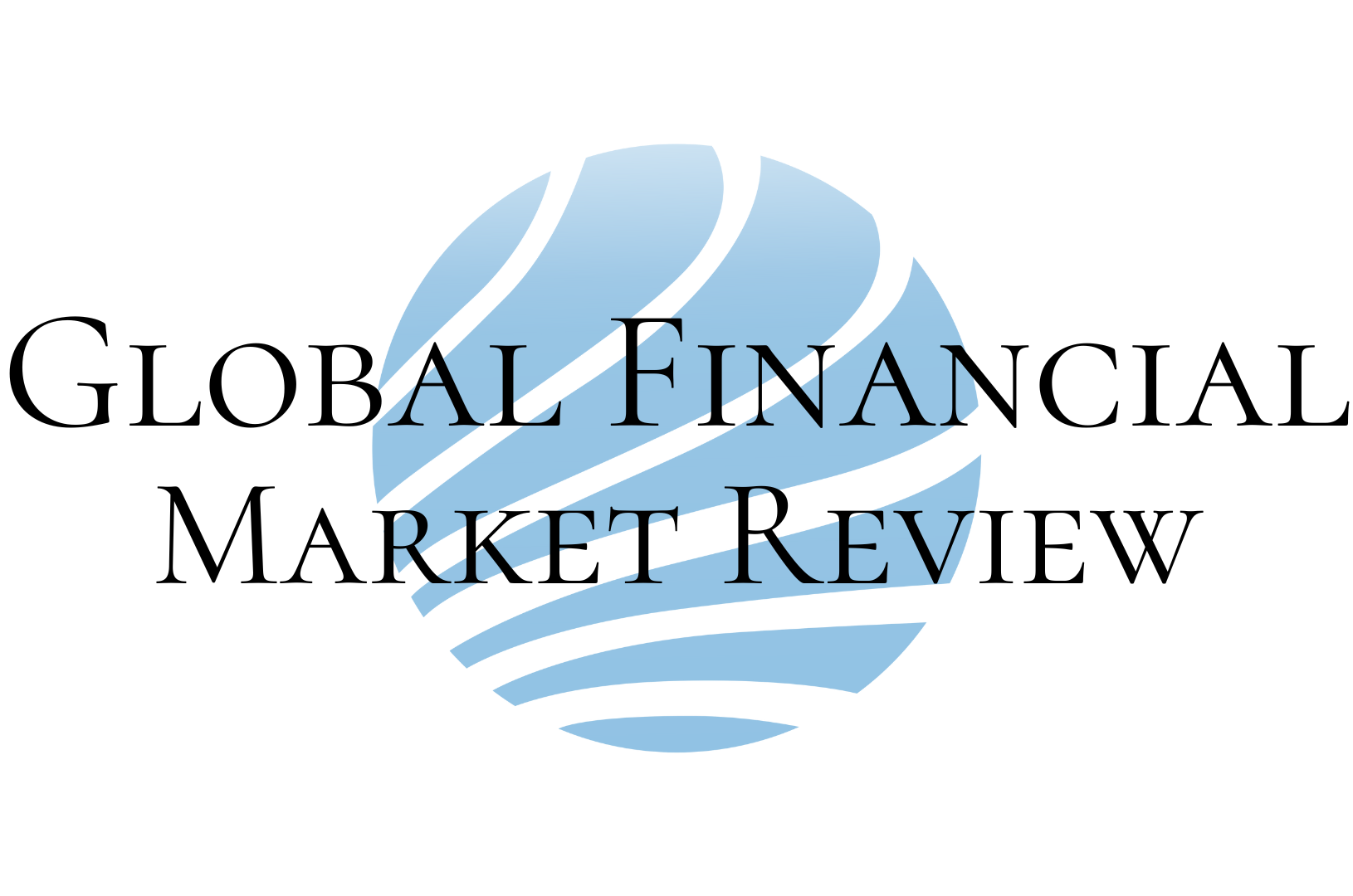The appearance of Fintech has changed the financial service industry. The advantages of speed, simplicity, efficiency and potential have allowed Fintech to share more with customers, giving them control and decision in financial transactions and investment activities. Fintech’s rapid growth has led the financial management agencies to face challenges and difficulties in management and supervision such as risks of money laundering and terrorism financing, risks related to security, safety, and information security.
The task set out with financial management agencies is to simultaneously ensure the goals of supporting the promotion of innovation in the banking sector, while maintaining the stability and safety of the financial market and supporting economic growth.
Sharing with the reporter, a Fintech expert said that when Fintech helped financial and monetary activities become convenient and fast, it also meant that Fintech might be exploited to serve illegal activities and transactions. Therefore, “if the policies and regulations on Fintech impose too many restrictions and constraints to control illegal activities to prevent Fintech from bad purposes, it would negatively affect users’ convenience”. Hence, the key point in developing policy for Fintech is to find a balance between controlling risks and ensuring the interests of the majority of users.
The State Bank of Vietnam (SBV) is seeking opinions from organisations and individuals on the Draft of a dossier set up to request the formulation of a Decree on Fintech Testing Mechanism in banking activities to submit to the prime minister. According to the drafting agency, although Uber and Grab are not directly related to banking operations, but their handling in the transportation market in Vietnam has shown profound lessons for the banking and finance industry on coping with the rapid changes of technology. Without a timely and appropriate legal corridor, the state management may become weak as Fintech solution providers expand their reach.
According to the draft, Fintech’s fields participating in Fintech testing mechanism include payment, credit, peer-to-peer lending (P2P Lending), customer identification support, and an open application programming interface (Open API), innovative technology application solutions (including blockchain) and other services supporting banking activities such as credit scoring, savings, capital mobilisation, etc.
According to deputy director of Payment Department Nghiem Thanh Son, the goal of issuing sandbox is to create a mechanism to carry out solutions with new products in the form of Fintech. For the sandbox, the State Bank sets the requirements, scope, and meets certain criteria, the management agency will closely monitor the records of businesses to participate to control risks and avoid impacts to users. final. This is the goal of any country, regulatory body in the world.
In the draft decree, SBV said that the testing time for Fintech solutions is one to two years depending on the specific solutions and fields, counting from the time of approval by the prime minister. SBV will also discuss with the testing organisation to decide the scope for the operation of the solutions, including all or one of three factors: geography, transaction limit and number of customers participating in the service.
Talking with the reporter, Ngo Tan Vu Khanh Kaspersky Regional director, said businesses of digital transformation products and services are waiting for the official legal framework to make adjustments and vision to develop businesses in the near future, especially for the issue of unfair competition in the digital space. Therefore, the sandbox must always come with control and constant change to fit and adapt to the market. Avoid cases where some businesses take advantage of the pilot mechanism, inherit the open mechanism to capture the market, creating a non-transparent business market.
In fact, a number of financial market regulators in the world have developed and established a sandbox legal framework. An expert shared, there were many multidimensional views on the necessity as well as the feasibility in deploying sandbox. However, according to this position, the legal framework brings clear benefits, the most obvious is creating a dialogue environment between managers and Fintech companies. Therefore, each country needs to choose for itself a suitable approach to the situation, find out the mechanism of action for the legal framework right from the design stage, paying attention to risk measures and prevention. “It should be added that, in order to achieve the goal of improving access to financial services for people, the combination of Fintech and banks will be very beneficial, creating synergy for the banking market, improving competitiveness, and contributing to the economic development,” the expert said.


